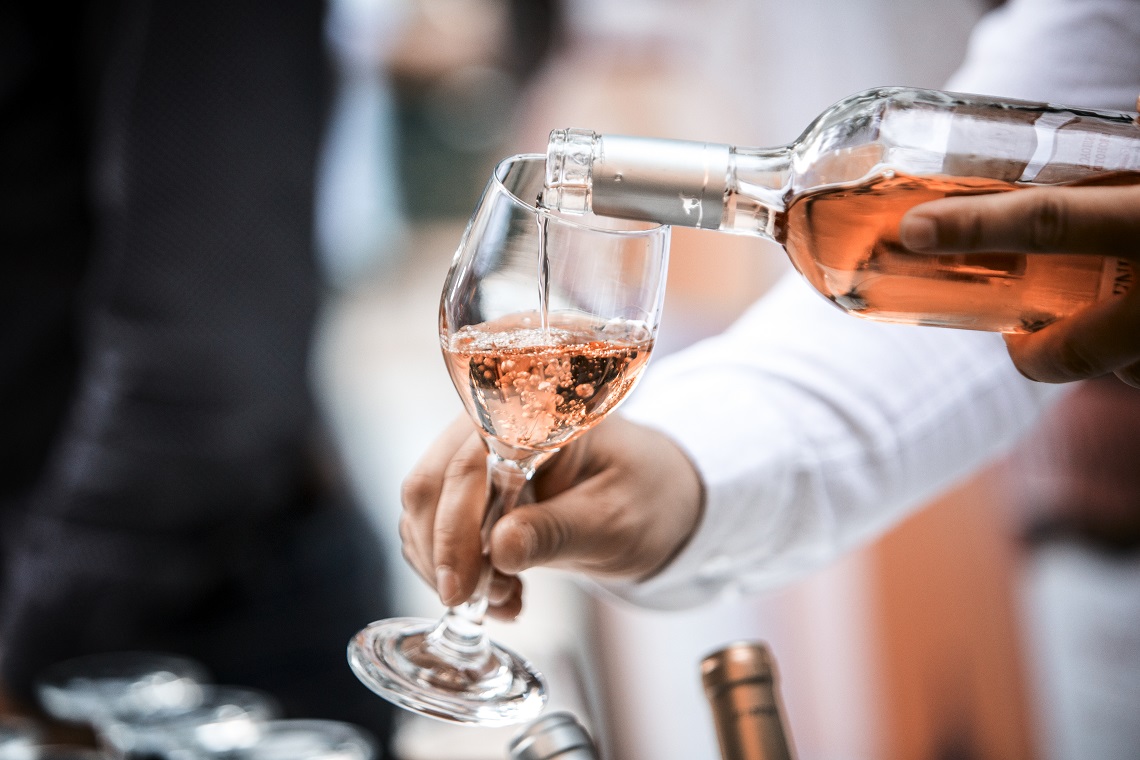The Rosénado is taking the industry by storm across the world, and is one of the most potent and far-reaching trends of the wine category.
According to IWSR Drinks Market Analysis, the success of rosé presents some great lessons for spirits brands. Dan Mettyear, IWSR’s Research Director for Wine said there are three main reasons that the category has boomed, and shares his views on how spirits can follow suit.
Rosé is gender neutral
Some wine brands have pivoted marketing strategies to have rosé appeal to both genders, instead of just women as was often a trend. Mettyear said this creates additional drinking occasions for the product, breaking down barriers to entry and making rosé an easy choice for consumers.
“Rosé has greatly benefited from its positioning as a gender-neutral beverage, which opens the door to more occasions and consumers, such as brunch,” said Mettyear.
Mettyear also noted that rosé was “an aspirational, yet affordable entry-level wine.”
Other categories have capitalised on being gender neutral as well with great success, for example, hard seltzers and alcoholic sparkling waters in the USA. Meanwhile in the spirits category, products that demonstrate their gender neutrality (like gin) are often experiencing greater growth than those that are traditionally seen as a male or female skewed drink.
Rosé appeals to lighter, carefree drinking occasions
With the widening array of drinking occasions for category, comes the characterisation of the rosé as a light, easy drinking beverage. The millennial driven culture that values everyday celebrations spawned the phrase ‘rosé all day’ that illustrates the wide drinking occasions for the wine, from picnics to music festivals.
Mettyear said: “As the rosé trend has developed over the past few years, consumers have now signalled a clear desire for lighter, Provençal-style rosés, which have come to embody the vibrant summertime moments that have characterised the movement.”
Recognising this, the category has adapted and leaned into these trends, innovating to create formats that capitalise on consumers appetite for rosé. Canned wine, small-format cartons and ready-to-drink frosé (frozen rosé) pouches allow portability and easy drinking, becoming the go to option for shoppers who value these features.
Spirits are sometimes seen by consumers as harder drinks, and too strong for the lighter daytime and outdoor occasions. But some brands have changed this, particularly for light spirits, by offering new types of RTD with light, refreshing flavours and packaging.
What’s also begun to be explored more are lower ABV versions of spirits, as well as materials that educate consumers about different serves that could suit lighter occasions.
Rosé is influential in cross-category innovations
Not only are rosés popular in their own right and category, they are also proving to be popular for flavour and liquid collaborations. Rosé flavoured beer, cider and gin have all appeared in Australia across the on- and off-premise.
“Rosé’s ability to influence cross-category innovations, such as rosé being used as a flavour in vodka or cider, increases its market penetration and staying power,” said Mettyear.
Cross-category innovation has already been explored by spirits brands, however the main learning point from this rosé feature is to think outside the box to create something new that excites consumers.
As Mettyear said: “These growth drivers are in line with the global trends that the IWSR has been tracking as well, and are impactful reminders of how other alcohol categories can boost market penetration.”

